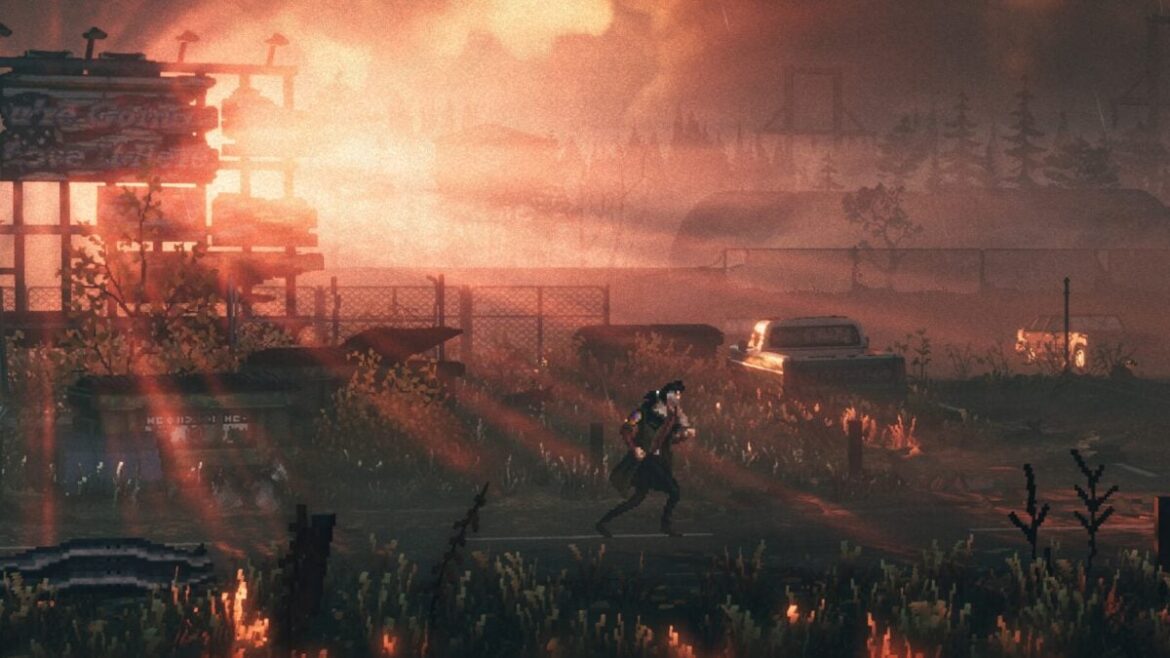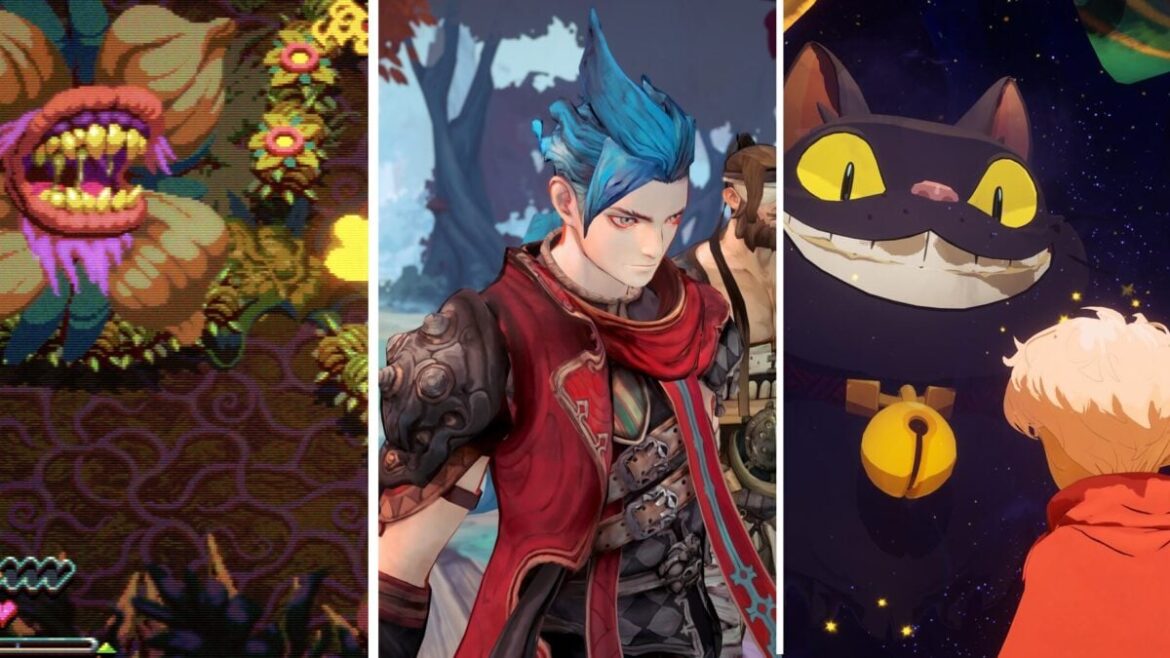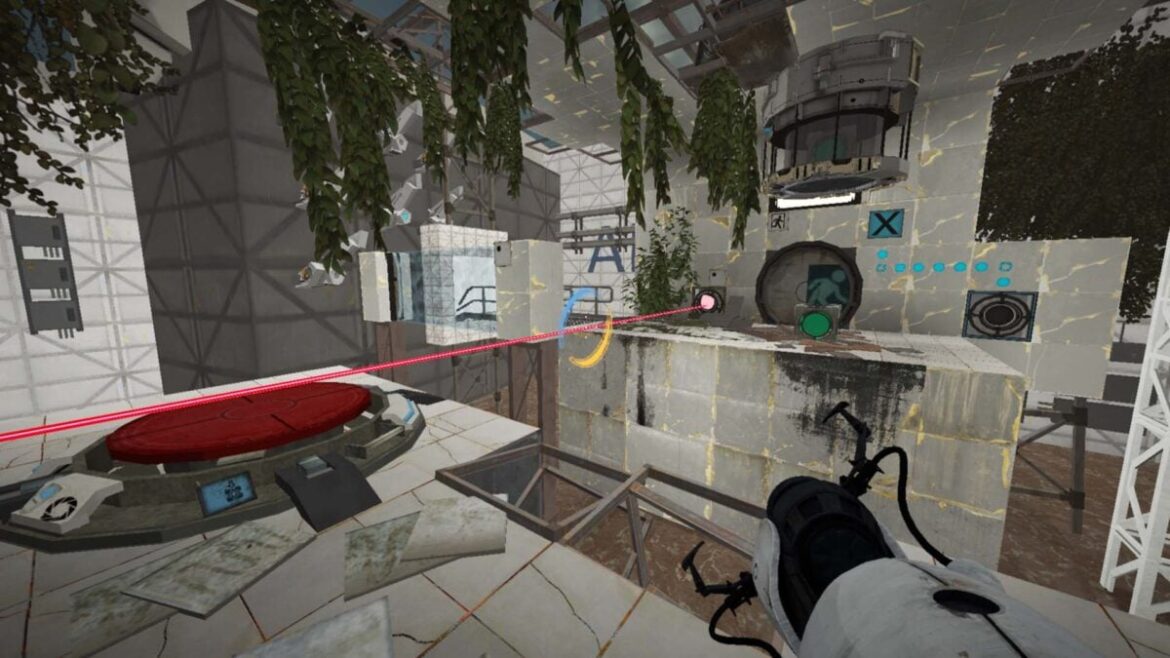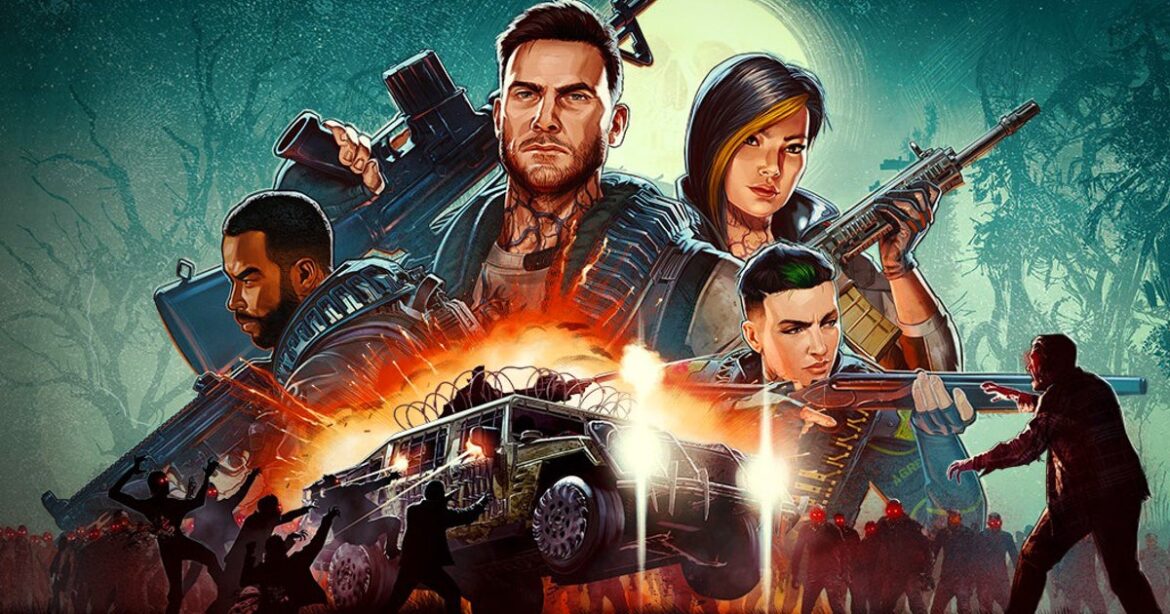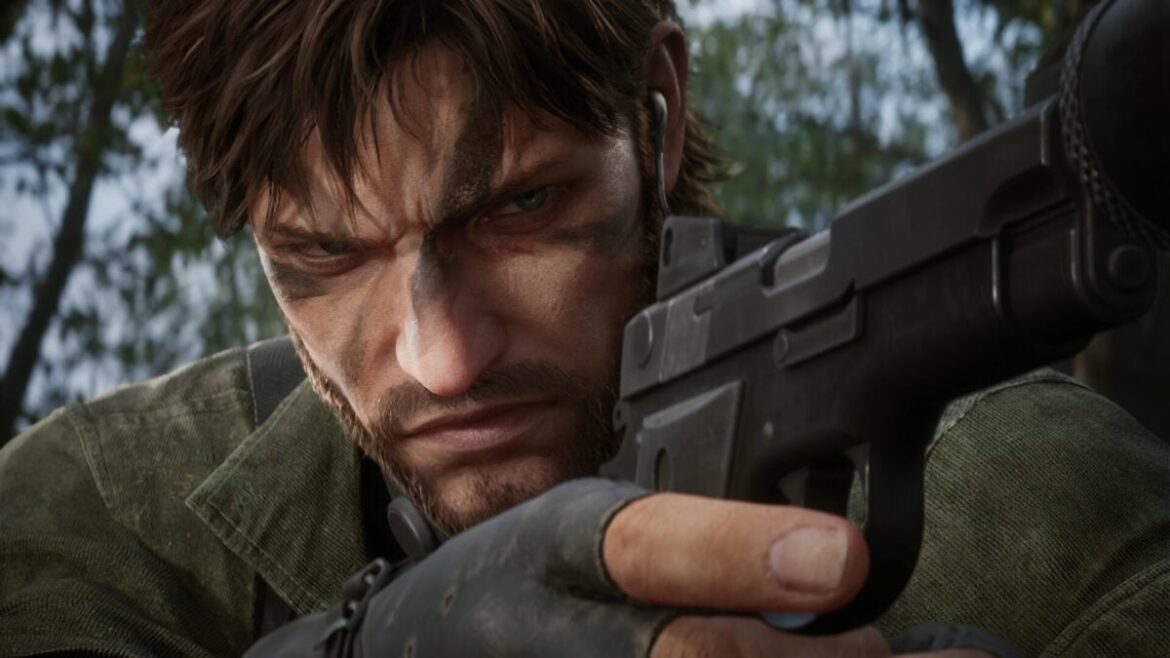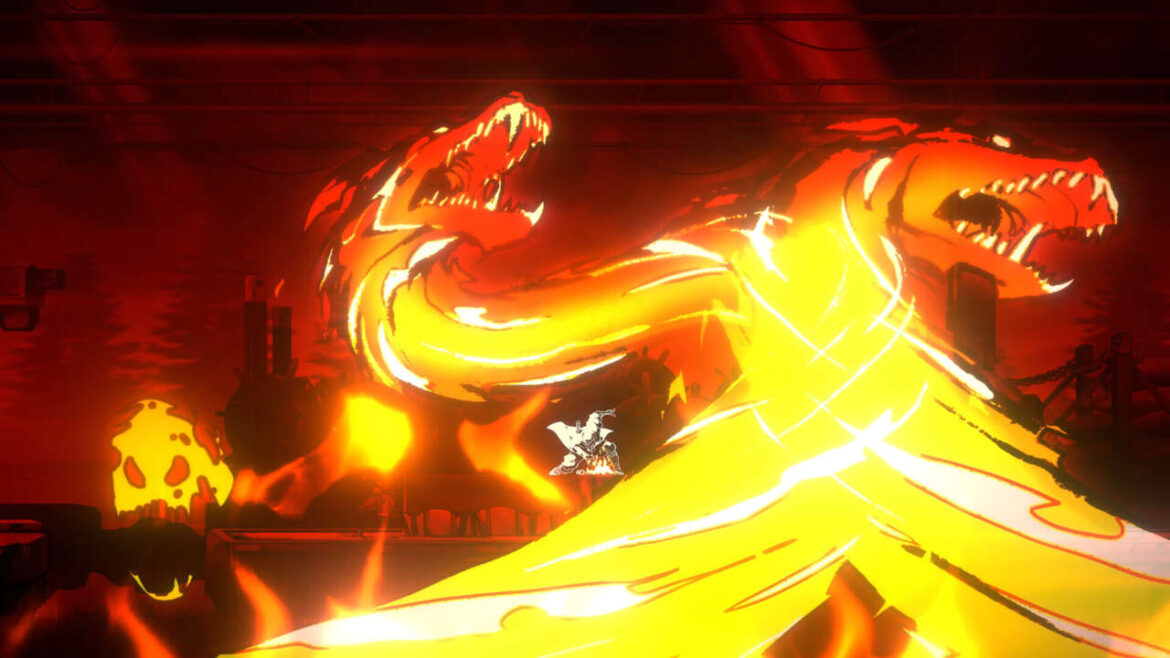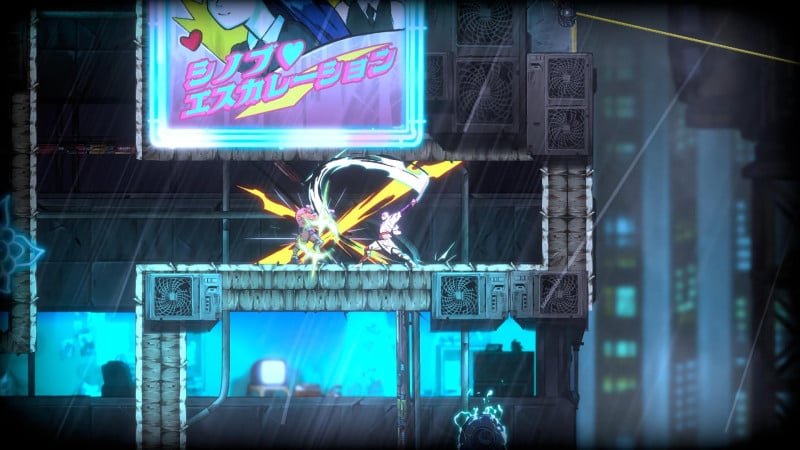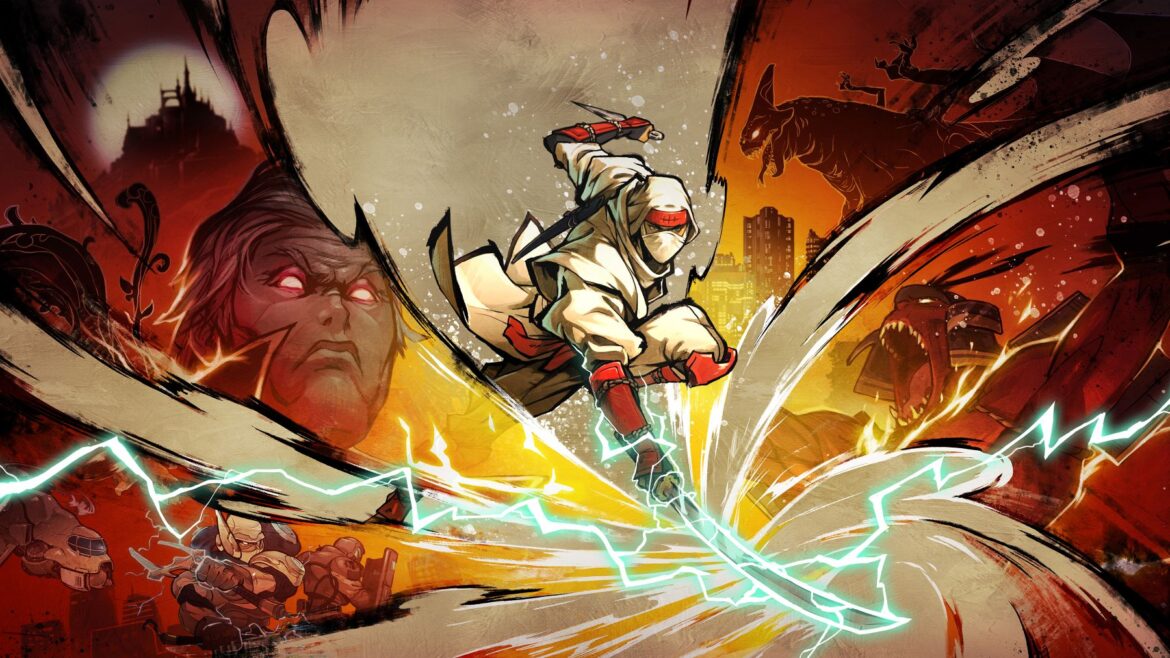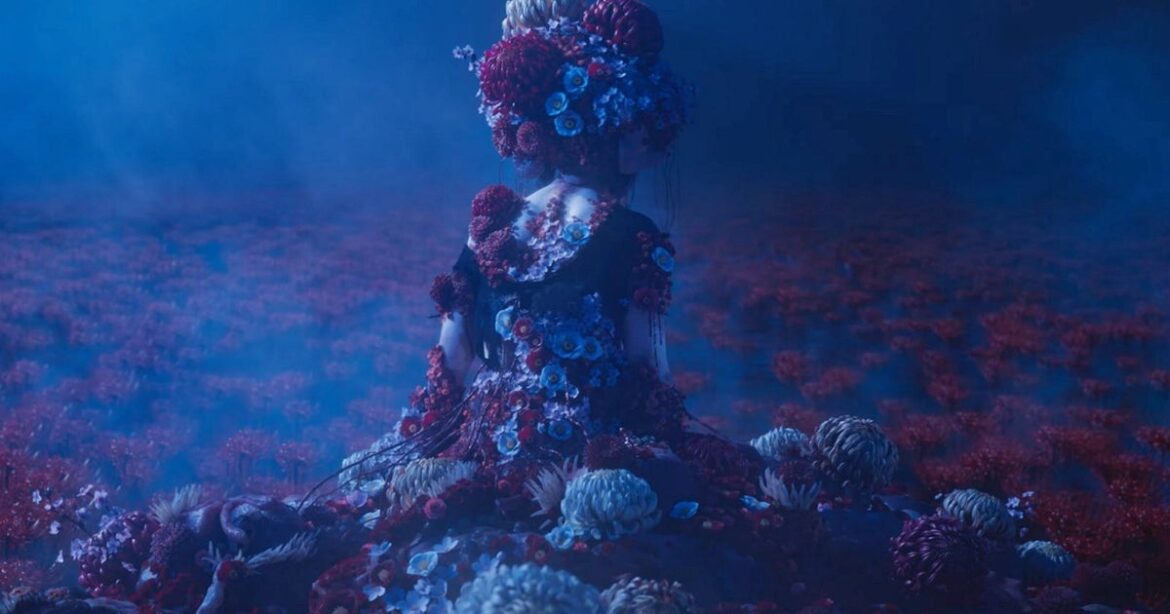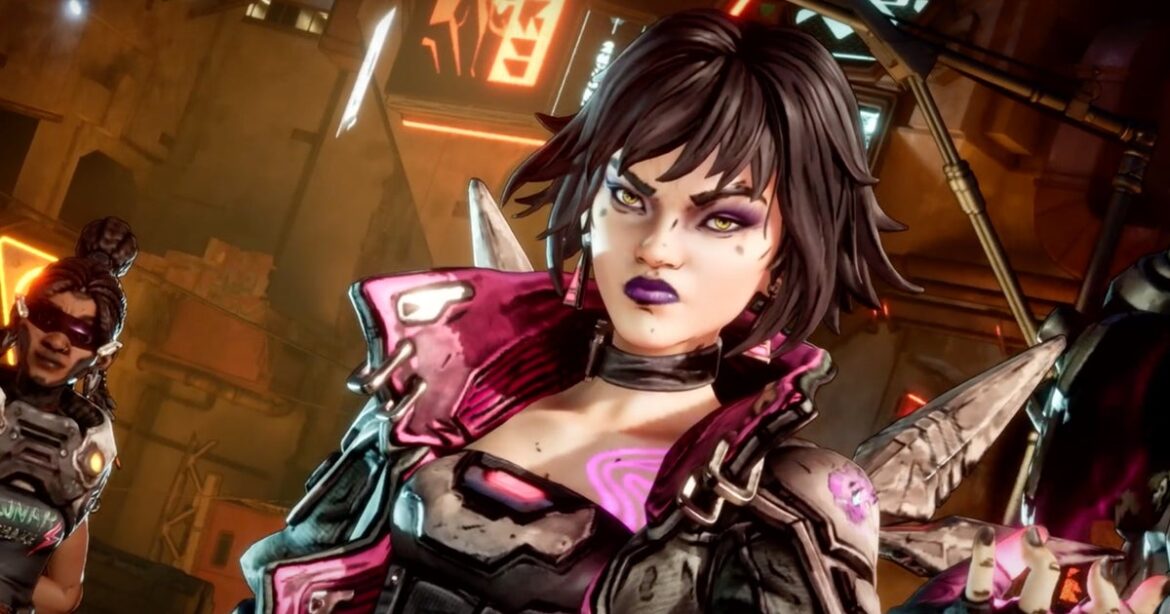Replaced has been turning heads since it was first revealed back at E3 2021 (RIP), but actually completing the game has taken longer than anyone thought it would, including its developers at Sad Cat Studios. At long last, there’s good news, though: the team recently confirmed the gorgeous pixel art action game will arrive sometime next spring.
That early 2026 timeframe will be a bummer to those secretly hoping Replaced might still sneak out onto PC and Xbox before the end of the year, but it’s better than nothing for fans who have been waiting years to finally see the cinematic cyberpunk platformer in action for themselves. After missing its original 2022 launch window, the day-and-date Game Pass game has been subject to continuous delays. A 2024 launch slipped into 2025, which has now slipped into 2026. What makes this time any different?
“This is the first time I’m addressing this personally and that’s because I can finally say it with confidence,” game director Yura Zhdanovich revealed in a new developer update. “Replaced will be released in spring of 2026. We will need just a little more time to get it polished. And to be more precise, our final trailer for the game with the exact release date will be shown later this year.”
Zhdanovich seems to be teasing a final date getting announced at The Game Awards 2025. Until then, Replaced has looked surprisingly good during its recent showing at Gamescom. Much like Silksong, its repeated delays seem to have less to do with development woes (minus having to relocate because of the Russian invasion of Ukraine) than the fact that Sad Cat Studios had just been severely underestimating how much time it would take to get Replaced right.
Replaced is more than just eye-candy
Sporting a Batman: Arkham-like, combo-based combat system and tons of vibrant, detailed pixel art backgrounds, Replaced is exactly the kind of “hand-crafted” indie project that deserves as much production time as it can get. Add in the cinematic mood and ambiance of puzzle-platform games like Inside and Planet of Lana, and you have the recipe for something very special if Sad Cat Studios can pull it off. The latest demo of the game looks as promising as ever.
“We have done more than 600 clips of animation, which effectively translates to several thousands of hand painted frames of those animations blended together with beautiful VFX, amplifying the mix between retro and modern visuals,” Zhdanovich said. No AI-generated slop in sight. You love to see it.

